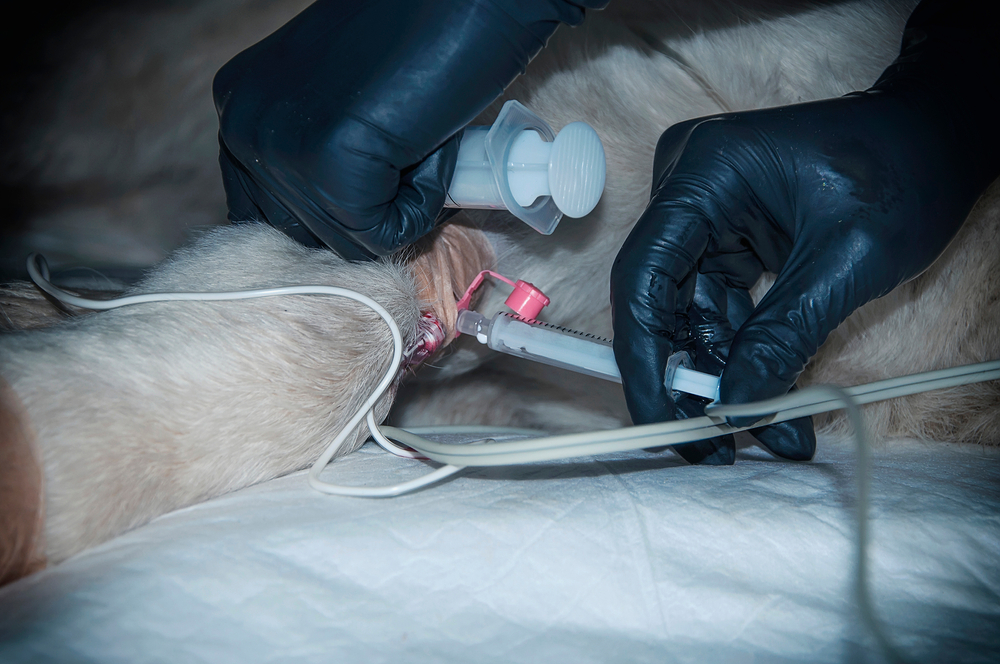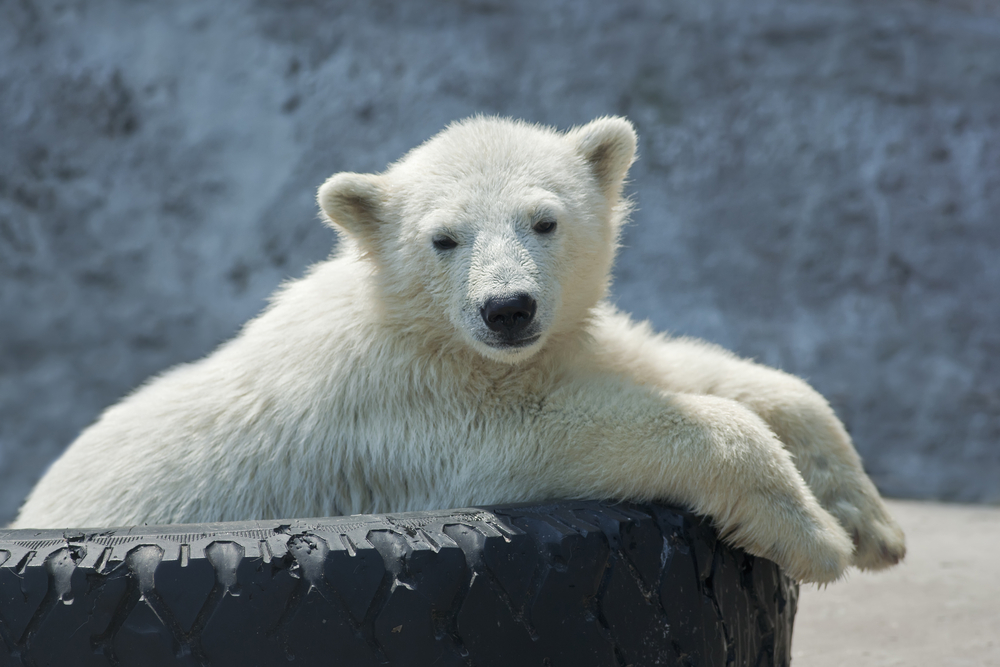It’s great for the millions of people who visit zoos across the world to see the animals happy, healthy, and comfortable.
For varying reasons, animals die or are sometimes killed in zoos. So, what happens to the animals after they die at the zoo?
According to National Zoo experts, every animal that dies at the zoo undergoes a full necropsy analysis.
It is a process similar to the autopsy that deceased humans undergo.
Researchers sometimes get samples of the animals, if possible, then the carcass gets sent to a crematorium.
Zoo officials usually don’t announce where they send the bodies since animal traffickers could attempt to intercept them.
Table of Contents
How often are animals put down in zoos in the United States?

There is no specific figure, but officials say it does not occur frequently when compared to other countries worldwide.
A 40-year-old arthritic elephant called Toni, as well as a 13-year-old Cheetah called Wandu, that had a damaged kidney, were put to death in 2016 by veterinarians at the National Zoo.
These are some of the extreme cases that will lead to zoos putting down animals in the US.
What do zoos do with animals after they die?
After a necropsy, the body is prepped for cremation. On-site pathology laboratories examine the carcasses of all dead animals that enter the National Zoo – even those that have wandered in from the outside.
As soon as possible after an animal’s death is determined, zoological staff collects and preserves any necropsy specimens that may be useful in study or teaching.
The Bronx Zoo possesses animal tissue samples from as far back as the 1920s, while the zoo in Chicago has specimens from the 1970s soaked in formalin of each animal that passed away while being housed there.
For example, an elephant named Toni was cremated at a College Park, Maryland, laboratory where her remains were destroyed.
It took roughly 24 hours to complete.
Unlike other elephants, Toni’s necropsy methodology and updated body parts catalog are preserved as part of a national conservation effort.
A specific cutting tool to slice through the cranium and roller carts to transfer large pieces are among the suggested tools for an elephant necropsy, for instance.

Intact brains, eyeballs, and two full big thoracic ribs are among the elephant parts in high demand right now for scientific research.
What is the most common way to dispose of a dead zoo animal?
Incineration appears to be the most common way of disposing of a deceased animal, according to local regulations.
When Mary Ann, the Baltimore Zoo’s first elephant, died in 1941, she was officially buried in a Maryland churchyard.
How does a zoo handle the disposal of dead exotic animals?
The zoo animals are cremated after their samples are delivered to researchers. Remains of endangered and trafficked animals are said to be buried by zoo officials, although the locations are not made public.
However, even though the zoo does not host memorial ceremonies for the animals that die, the veterinarians claim it does not imply they aren’t grieved by the loss.
What are the reasons for euthanizing zoo animals?
In zoos, culling is done for a variety of purposes, including space restrictions, the genetics of the eliminated animals being disproportionately represented in the zoological community, the (young) animal being ambushed and killed, or an animal having caught an illness.
Is euthanasia used in United States zoos?

It’s worth noting that US zoos use euthanasia significantly less frequently than their European counterparts.
Zoos with accreditations in the United States do not utilize euthanasia as a means of population control and normally only use it to help sick and dying animals, as well as those with abnormalities and fatal diseases.
A few animals are put down when conditions at the zoo can no longer be kept at a reasonable degree of care.
Rather than euthanasia, most US zoos use contraception to keep animal populations in check. Even so, there are dangers associated with veterinarian birth control.
Evidence from the US reveals that extensive use of contraception might and has caused drastic animal population destruction among some species, requiring significant remedial steps including the importation of animals.
How often are animals killed in European zoos?
As many as 5,000 zoo animals deemed as surplus are euthanized each year in Europe. In 2014, Marius, a young male giraffe, along with four healthy lion cubs, were killed at Denmark’s Copenhagen Zoo.
The body of stun-gunned Marius was then presented to lions in front of a crowd of schoolchildren in a horrifically callous display of cruelty.
Approximately 20–30 animals per year are killed in the zoo, according to the admissions staff.
Since 2012, Sweden’s Bors Djurpark Zoo has had to put down nine lion pups. The European Association of Zoos and Aquariums (EAZA) specifically supports the slaughter of healthy animals in particular species breeding plans, which is a contradiction.
Does every animal in a zoo have its samples taken?
Many zoos don’t maintain tissue samples from all the animals, and not every species is part of a national program.

Components are typically given out as needed. Exotic species researchers can ask a zoo ahead of death to conserve specific blood specimens and parts of the body.
The zoo’s education section may obtain some of the components that are removed.
Presentations by docents might include, for instance, a piece of cheetah or tortoiseshell skin.
Many museums of natural history require skulls as well as other bones, such as those governed by the Smithsonian, which manages the National Zoo.
What do pathologists look for in an animal autopsy?
During an autopsy, the pathologist looks at things from an outside perspective before examining them microscopically.
When a deceased animal can’t be salvaged, pathologists find many advantages to conducting post-mortems on them.
They provide a sense of closure for the animal’s owners and may help to prevent other deaths in the herd.
They’re also a valuable resource for people who are trying to advance their careers in their respective fields.
The more they know about an illness, the better they can treat it.
If they look at enough specific cases of an illness, such as a tumor, the pathologists may see the pattern in which it spreads and the pattern in which it reacts to therapy.

This will be beneficial for animals in the future when it comes to therapy.
Which animals die or are killed the most at zoos?
Veterinarians don’t see as many exotic zoo animals as they do domestic or farm animals, thus this is especially critical for those species.
Many vets go their entire lives without ever viewing the elephant’s interior. With the loss of Toni, the elephant, for instance, pathologists could conduct a thorough dissection to help everyone understand as much as possible about elephants.
And it’s not just the people in the room who are benefiting from the knowledge being shared.
Also, pathologists get a lot of research requests. As a result, there is continuous research into some of the viral diseases that affect elephants.
Researchers ask for tissue samples whenever they can to see if they can help investigate these disorders.
When an animal dies, they aim to fulfill as many study requests as possible.”
What is the culling of zoo animals?
Culling animals in zoos is the process of separating a group of animals based on desired or undesirable features; the separated animals are typically killed as a result of the culling procedure.
In zoos, culling is done for a variety of reasons, including lack of space, poor genes, injury to the animal, or disease.
Do healthy animals get euthanized too?
In Europe, thousands of healthy animals are euthanized each year, according to Dr. Lesley Dickie, executive director of the EAZA.
Animals from tadpoles to giraffes are euthanized, according to EAZA management.

Is it essential to use euthanasia?
Zoo animals are killed for a variety of reasons.
If an animal is put down in a zoo (zoothanasia), it is usually for one of two reasons: either to maintain genetic strength and diversity within a captive breeding program or to control the population.
Both the Pan African and European Association of Zoos and Aquaria support the use of euthanasia on zoo animals, despite the objections of many animal rights activists and conservation biologists.
EAZA Spokesman David Williams-Mitchell believes that culling has a solid scientific basis and should be available to its members as long as it is done humanely.
What is the connection between zoothanasia and conservation?
Euthanasia inventor Marc Bekoff, an ecology professor as well as an evolutionary biologist, disagrees.
He argues that killing animals in captivity is contrary to conservation.
It’s not uncommon for animals in zoos to be put down because of overcrowding, however. A zoo that has allowed animals to reproduce without thinking about how to care for the offspring is the source of these surplus animals.
Due to a lack of resources, money, and care, many unwanted animals end up suffering.
At any given moment, between 7,500 and 200 thousand animals are deemed excess, according to research conducted by the Captive Animals Protection Society.

Some zoos find that killing an animal is a more expedient or less costly option than caring for it or even moving it to a sanctuary.
In Bekoff’s words, “They’ll tell you they do it because of a lack of money and space.”
Are some animals killed for a lack of breeding potential?
Some animals are referred to as “surplus” since they don’t have the potential to be bred.
In contrast to other zoological institutions, many have captive breeding programs that are under intense pressure to preserve the best specimens of a certain species to ensure that they do not become extinct.
To Williams-Mitchell, the destiny of a whole species trumps the future of a single animal from the perspective of EAZA.
He cautioned that “killing is simply one of the choices” but said EAZA believes it should be “accessible to any zoo that is serious about sustaining the healthy population of a species.”

















